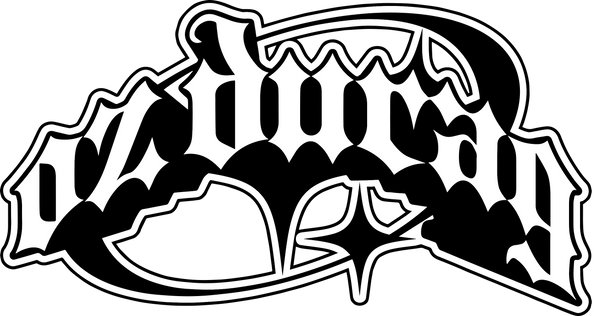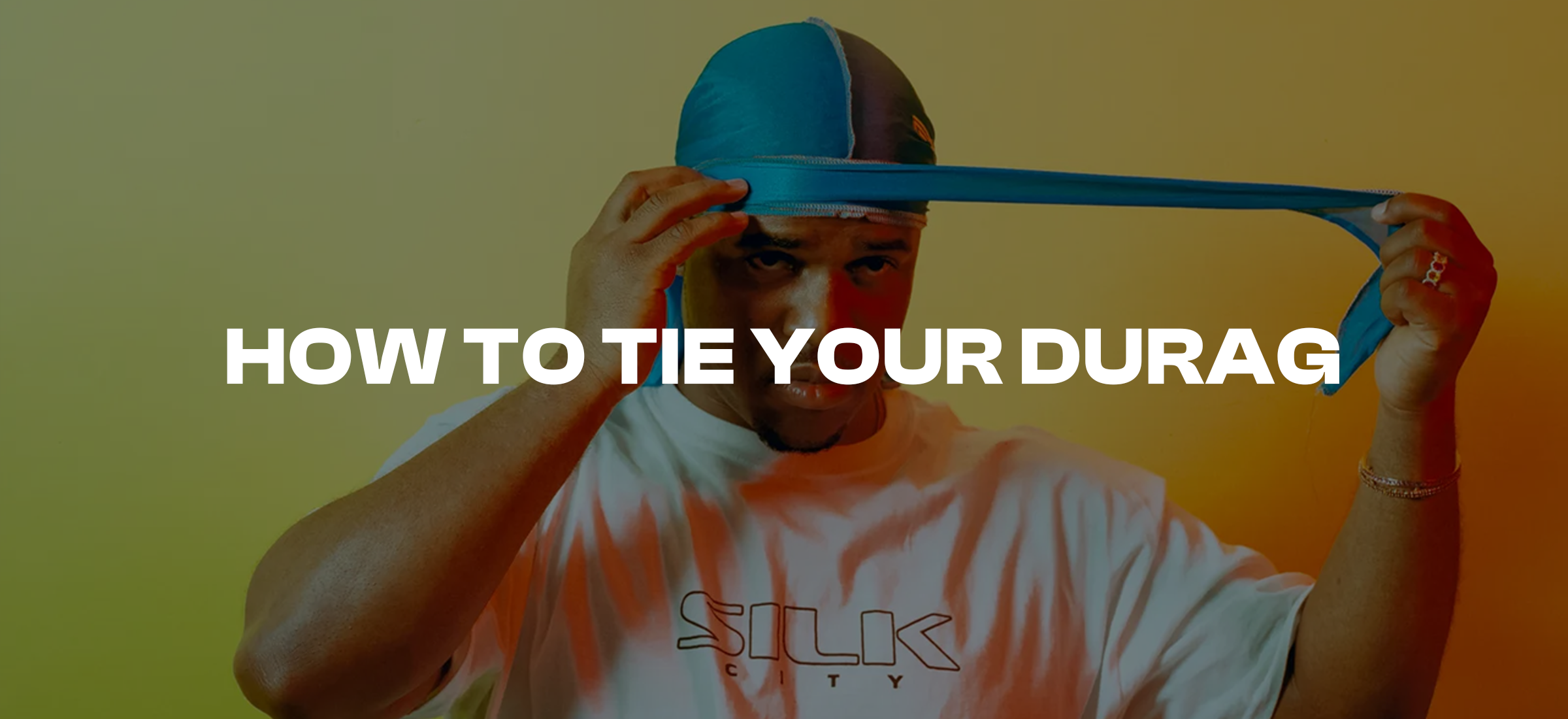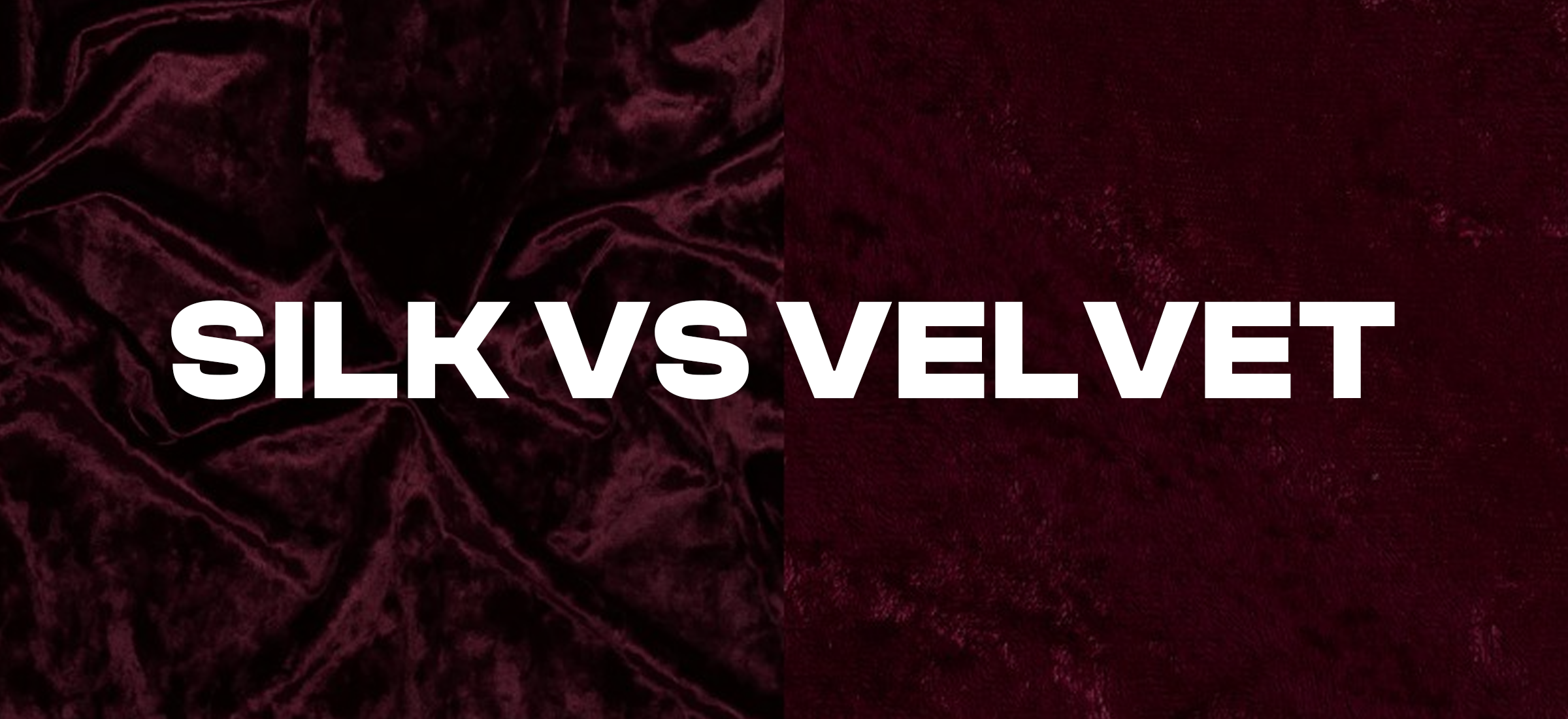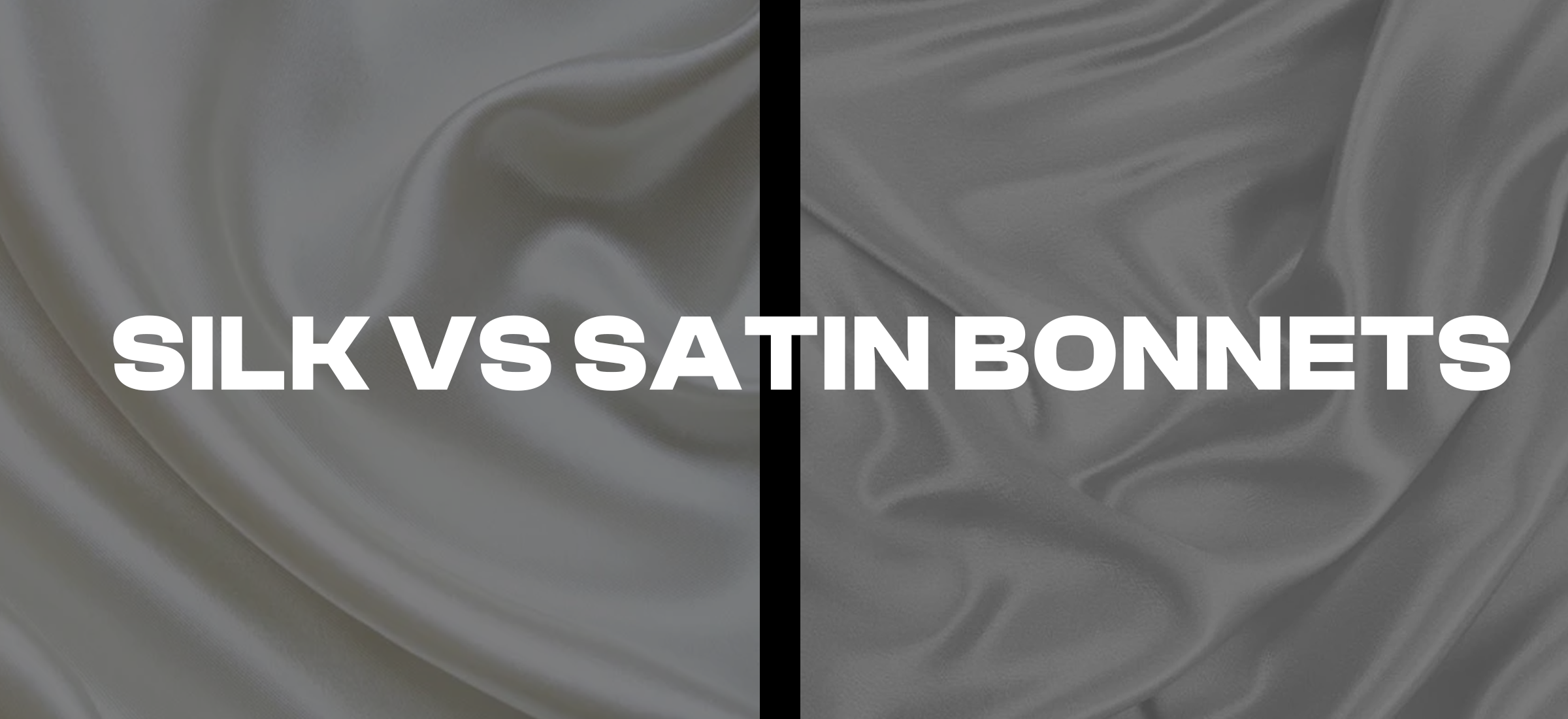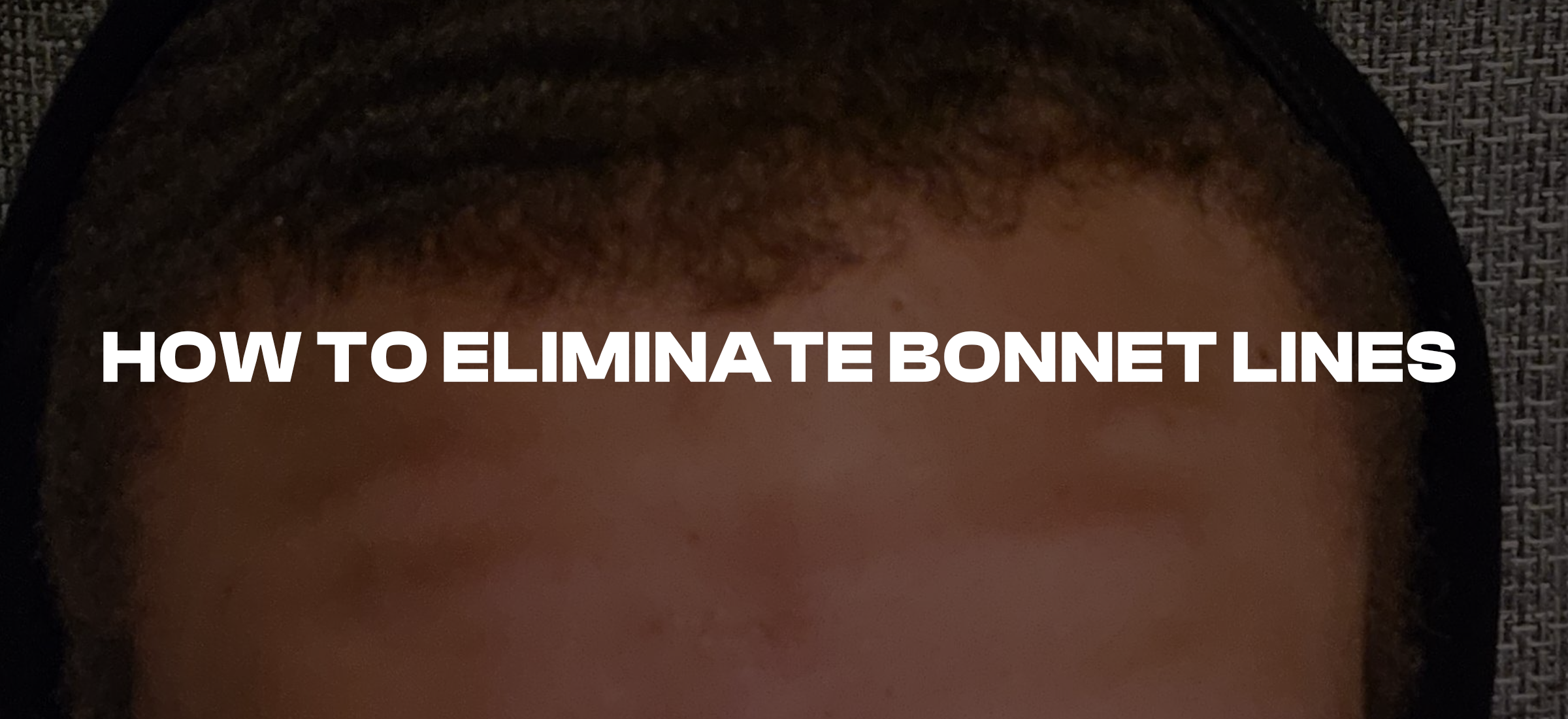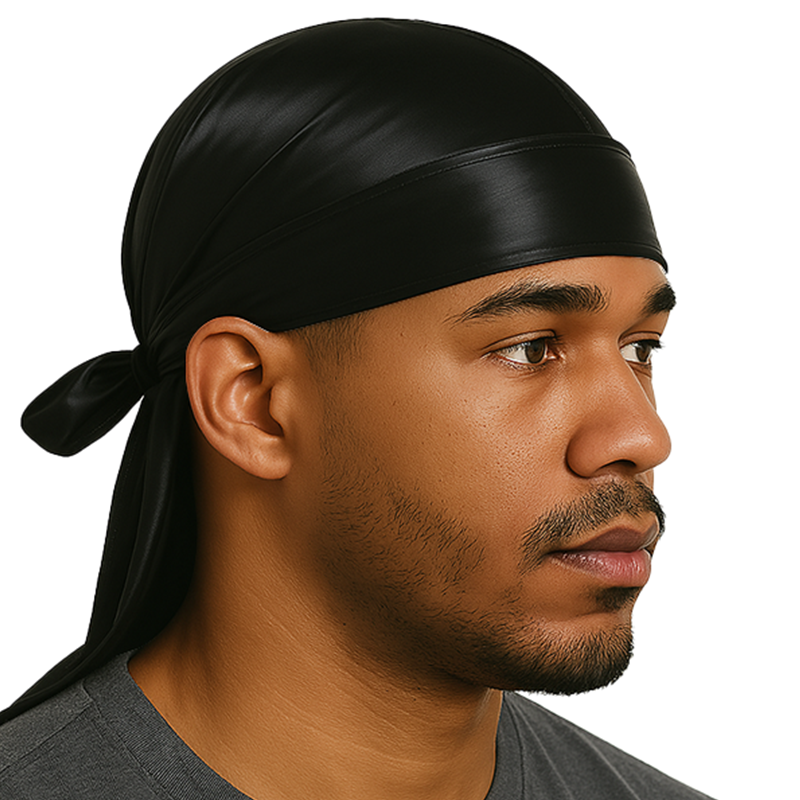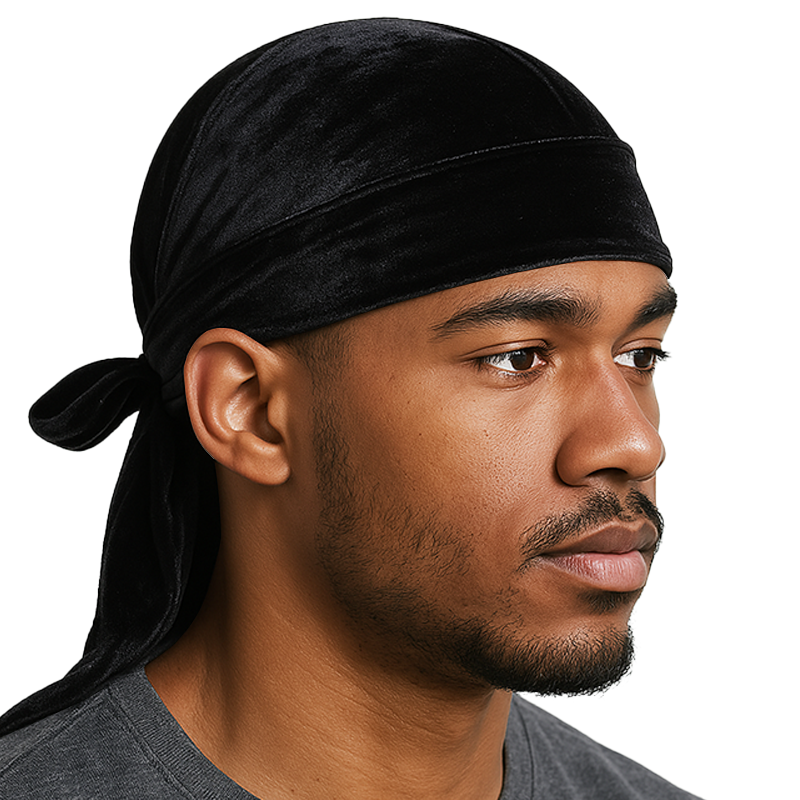If you're looking for a way to keep your waves in check, then you've come to the right place. In this article, we'll be discussing how to tie a durag, a popular headwear item that's been around for decades. Whether you're new to wearing durags or you're looking to improve your tying technique, we've got you covered.
Understanding Durags Before we dive into the specifics of how to tie a durag, it's important to understand what a durag is and what it's used for. Durags are typically made of a silky or stretchy material and are worn to help keep hair in place and prevent frizz. They're often worn by people with curly or coily hair who want to maintain their hairstyle throughout the day or overnight.
Preparing to Tie a Durag Once you have your durag, it's important to prepare your hair before tying it up. This may involve brushing or combing your hair to remove any tangles or knots. It's also a good idea to apply a moisturizer or hair product to help keep your hair hydrated and healthy. With these basics covered, let's move on to the specific techniques for tying a durag.
Key Takeaways
- Durags are worn to keep hair in place and prevent frizz.
- Before tying a durag, it's important to prepare your hair by brushing and applying hair products.
- There are specific techniques for tying a durag that we'll cover in this article.
Understanding Durags
Durags are a popular headwear accessory that has been around for many years. They are typically made of a soft, stretchy material like silk or nylon, and are worn to help maintain hairstyles, protect hair from damage, and keep hair in place. In this section, we will discuss the history of durags, the different types available, and the benefits of wearing one.
History of Durags
The origin of durags can be traced back to the early 19th century when slaves in America used headwraps to protect their hair from the sun and to keep their hair clean. Over time, the headwrap evolved into what we know today as the durag. In the 1930s, durags were popularized by African American women who wore them to protect their hair while they slept. In the 1960s, durags became a popular accessory for men, particularly those with afro-textured hair, and were worn to maintain hairstyles.
Types of Durags
Today, there are many different types of durags available on the market. The most common types are made of silk or nylon, but there are also durags made of velvet, cotton, and other materials. Some durags come with extra-long tails that can be tied in a variety of ways, while others have shorter tails. Some durags are also designed with patterns or prints, while others are plain.
Benefits of Wearing a Durag
One of the main benefits of wearing a durag is that it can help to maintain hairstyles. By keeping hair in place, durags can help to prevent frizz and keep hair looking neat and tidy. Durags can also help to protect hair from damage by preventing it from rubbing against clothing or bedding. Additionally, durags can help to keep hair moisturized by trapping in natural oils and preventing them from evaporating.
Overall, durags are a versatile and practical accessory that can be worn by anyone looking to maintain their hairstyle and protect their hair from damage. With so many different types and styles available, there is sure to be a durag that suits everyone's needs.
Preparing to Tie a Durag
Before we can begin tying a durag, there are a few things we need to do to ensure we get the best results. In this section, we will cover some of the essential steps to take before tying your durag.
Choosing the Right Durag
The first step in preparing to tie a durag is to choose the right one. Durags come in different materials, sizes, and colors, so it's essential to pick one that suits your needs. Silk durags are popular because they are soft, smooth, and gentle on the hair. However, if you're looking for something more durable, a polyester or nylon durag may be a better option.
When choosing a durag, consider the size and fit. A durag that is too small will be uncomfortable and may not cover your hair adequately, while a durag that is too big may slip off during the night. It's also important to choose a color that matches your style and personality.
Essential Accessories
In addition to choosing the right durag, there are a few accessories that can help you achieve the best results. A brush or comb is essential for smoothing out your hair before tying your durag. A pomade or hair oil can also be helpful in keeping your hair moisturized and reducing frizz.
If you plan on wearing your durag to bed, consider investing in a satin pillowcase. Satin is gentle on the hair and can help reduce breakage and tangling. You may also want to consider using a hair tie or scarf to secure your durag in place while you sleep.
By taking the time to choose the right durag and essential accessories, you can ensure that your durag stays in place and protects your hair while you sleep.
Tying Techniques
When it comes to tying a durag, there are various techniques that can be used. In this section, we will discuss the three most common techniques: The Basic Tie, The Wrap-Around, and The Knot Tie.
The Basic Tie
The Basic Tie is the simplest and most common way to tie a durag. Here are the steps:
- Place the durag over your head with the seam at the back.
- Pull the front of the durag down over your forehead.
- Take the two corners at the back and tie them together at the nape of your neck.
- Pull the flap at the back down to cover your hairline.
The Wrap-Around
The Wrap-Around technique is similar to The Basic Tie, but it provides more coverage for your hair. Here's how to do it:
- Place the durag over your head with the seam at the back.
- Pull the front of the durag down over your forehead.
- Take the two corners at the back and wrap them around your head to the front.
- Tie the corners together at the front of your head.
- Pull the flap at the back down to cover your hairline.
The Knot Tie
The Knot Tie is a more advanced technique that provides a tighter fit for your durag. Here's how to do it:
- Place the durag over your head with the seam at the back.
- Pull the front of the durag down over your forehead.
- Take the two corners at the back and tie them together in a knot.
- Take the flap at the back and pull it up over the knot.
- Take the two corners at the front and tie them together in a knot.
- Tuck the ends of the knot under the flap at the back.
By using these three techniques, you can achieve different levels of coverage and tightness for your durag. Experiment with each one to find the one that works best for you.
Securing the Durag
To ensure that your durag stays in place, it's important to secure it properly. Here are some tips to help you achieve a comfortable and snug fit.
Adjusting for Comfort
Before securing your durag, make sure it's adjusted for maximum comfort. Start by placing the durag on your head and pulling the flap down over your neck. Adjust the front of the durag so that it's centered on your forehead and covers your hairline.
Next, adjust the flap at the back of the durag so that it covers your hairline at the nape of your neck. Make sure that the durag is not too tight or too loose. It should fit snugly without causing any discomfort or headaches.
Ensuring a Snug Fit
To ensure that your durag stays in place, you can tie it in different ways depending on your preference.
One common method is to tie the two straps at the back of the durag into a knot or a bow. Make sure the knot is tight enough to keep the durag in place, but not so tight that it causes discomfort. You can also tuck the straps into the durag for a cleaner look.
Another method is to tie the straps at the front of the durag under your chin. This method can provide a tighter fit, but may not be as comfortable for some people.
Remember, the key to securing your durag is finding a balance between comfort and snugness. With a little practice, you'll be able to tie your durag in a way that works best for you.
Durag Maintenance
When it comes to maintaining your durag, there are a few things to keep in mind to ensure it lasts as long as possible. Here are some tips for washing and storing your durag.
Washing Your Durag
It's important to wash your durag regularly to keep it clean and hygienic. We recommend washing your durag every 1-2 weeks, depending on how often you wear it.
To wash your durag, follow these steps:
- Fill a sink or basin with lukewarm water and add a small amount of mild detergent.
- Gently agitate the water to create suds.
- Place your durag in the water and swirl it around.
- Rinse your durag thoroughly with clean water.
- Squeeze out excess water, but do not wring or twist your durag.
- Lay your durag flat on a clean towel and roll it up to remove any remaining water.
- Hang your durag up to air dry.
Avoid using hot water or harsh detergents, as these can damage the fabric and cause your durag to lose its shape.
Storing Your Durag
Proper storage is key to keeping your durag in good condition. Here are some tips for storing your durag:
- Always store your durag clean and dry.
- Avoid folding your durag, as this can create creases that are difficult to remove.
- Instead, roll your durag up and store it in a clean, dry place.
- Consider investing in a durag storage container or pouch to keep your durag protected and organized.
By following these simple tips for washing and storing your durag, you can keep it looking and feeling great for longer.
Styling Tips
Matching with Outfits
When it comes to matching your durag with your outfit, there are a few things to keep in mind. First, consider the color of your durag. If you're wearing a bold, patterned outfit, a solid-colored durag in a complementary color can be a great choice. On the other hand, if you're wearing a simple outfit, a patterned durag can add some visual interest.
Another thing to consider is the material of your durag. If you're wearing a casual outfit, a cotton or polyester durag can work well. However, if you're dressing up for a formal event, a silk or satin durag can add a touch of elegance to your look.
Creative Styling Options
While the traditional way to wear a durag is to tie it tightly around your head, there are plenty of creative styling options to explore. For example, you can try tying your durag in a knot at the front for a trendy, streetwear-inspired look. Alternatively, you can wear your durag with the knot at the back for a more classic style.
Another creative option is to wear your durag under a baseball cap or other type of hat. This can add some extra flair to your outfit while also keeping your hair in place.
Finally, don't be afraid to experiment with different patterns and colors when it comes to your durag. Whether you're going for a bold, eye-catching look or something more understated, there's a durag out there to suit your style.
Common Mistakes to Avoid
When it comes to tying a durag, there are a few common mistakes that people make. These mistakes can lead to an uncomfortable fit, a messy appearance, or even damage to the durag itself. Here are some common mistakes to avoid:
1. Tying the Durag Too Tight
One of the most common mistakes people make when tying a durag is tying it too tight. While a snug fit is important to keep the durag in place, tying it too tight can cause discomfort and even headaches. Instead, make sure the durag is snug but not too tight. You should be able to fit a finger between the durag and your forehead.
2. Not Aligning the Seams Properly
Another common mistake is not aligning the seams of the durag properly. This can cause the durag to shift and move around, which can be uncomfortable and make it difficult to keep your hair in place. Make sure to align the seams of the durag with your hairline to ensure a secure fit.
3. Using the Wrong Material
Using the wrong material for your durag can also be a mistake. While silk is the most popular material for durags, it's not the only option. Other materials, such as polyester or nylon, can be more durable and easier to clean. Make sure to choose a material that works best for your needs.
4. Not Washing the Durag Regularly
Finally, not washing your durag regularly can be a mistake. Durags can collect sweat, dirt, and oil, which can lead to odor and discoloration. Make sure to wash your durag regularly to keep it clean and fresh.
By avoiding these common mistakes, you can ensure a comfortable and secure fit for your durag.
